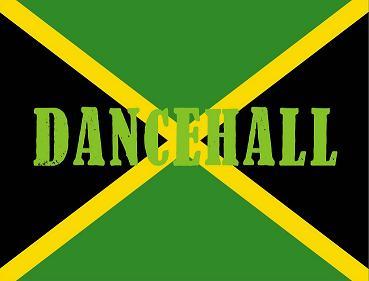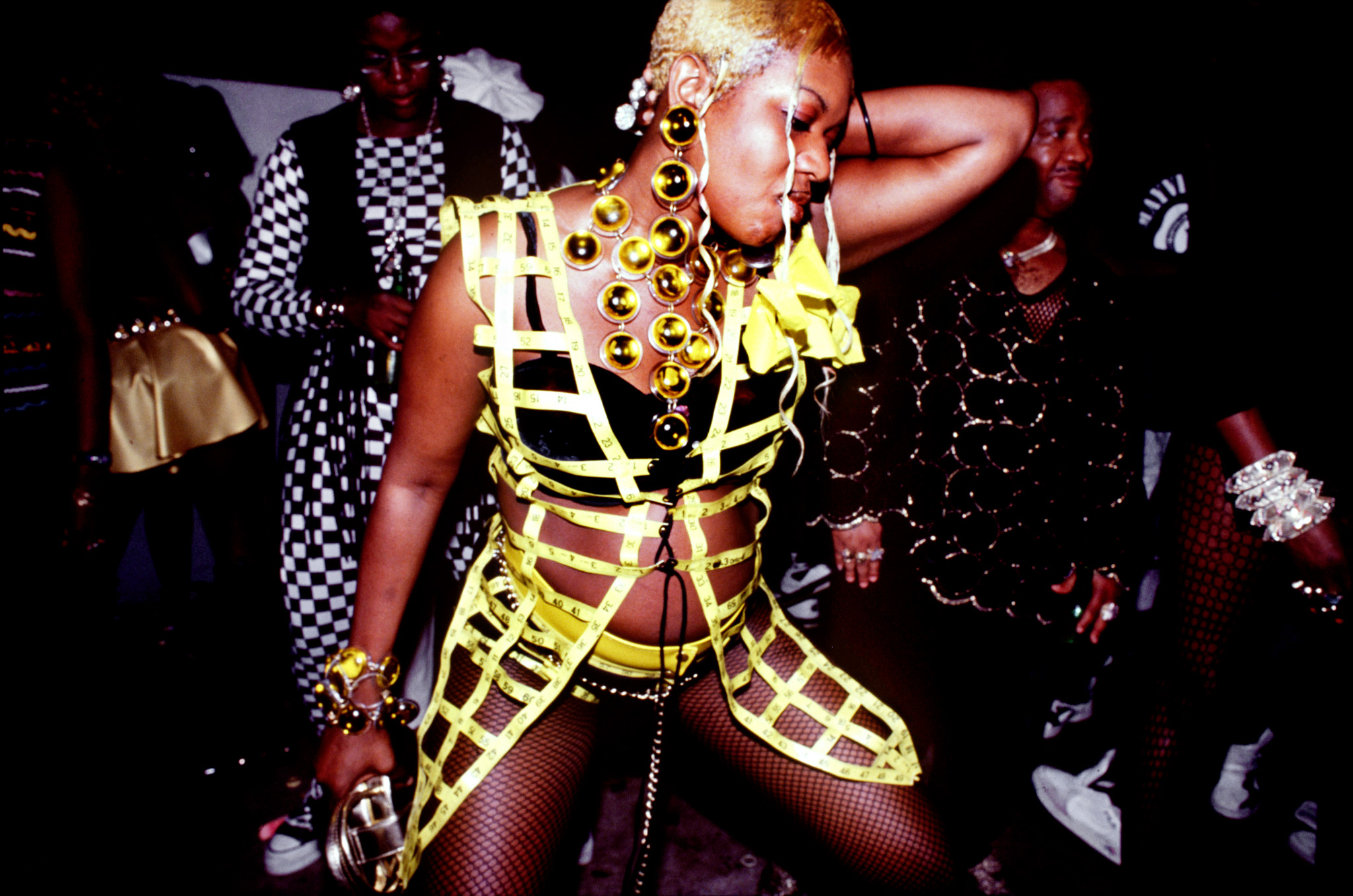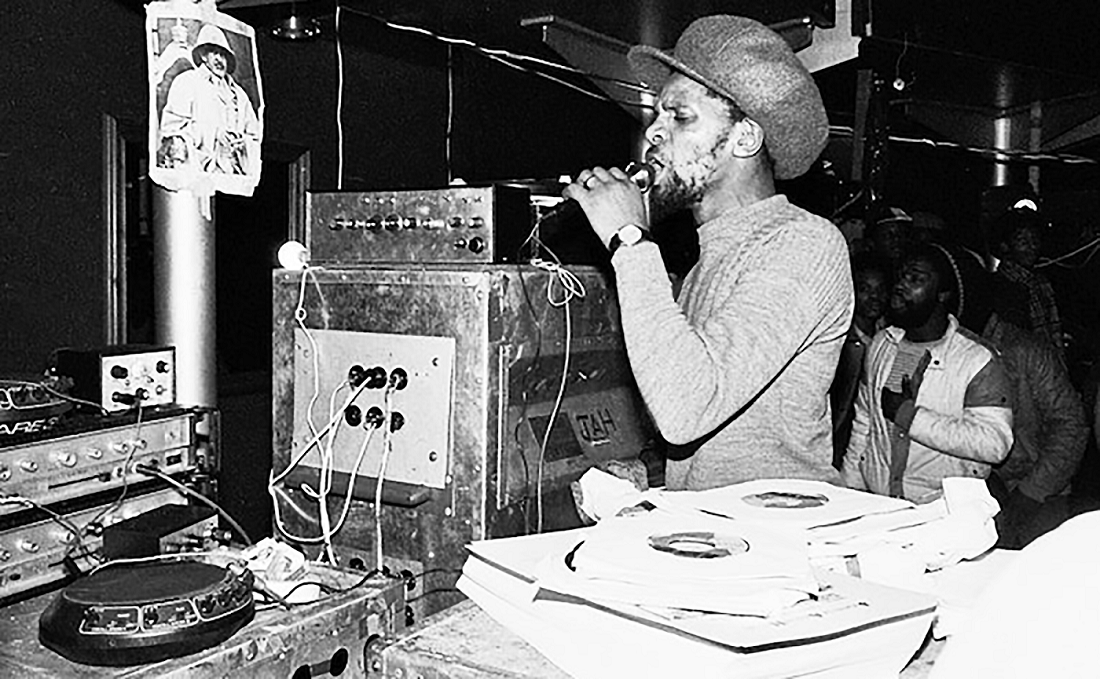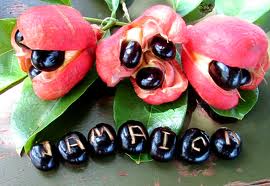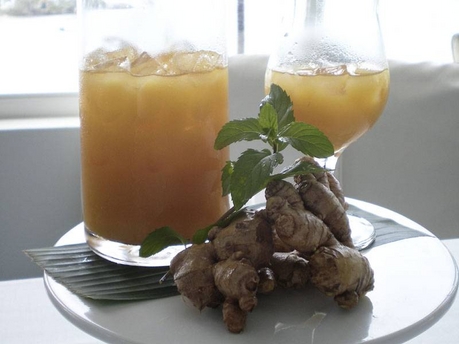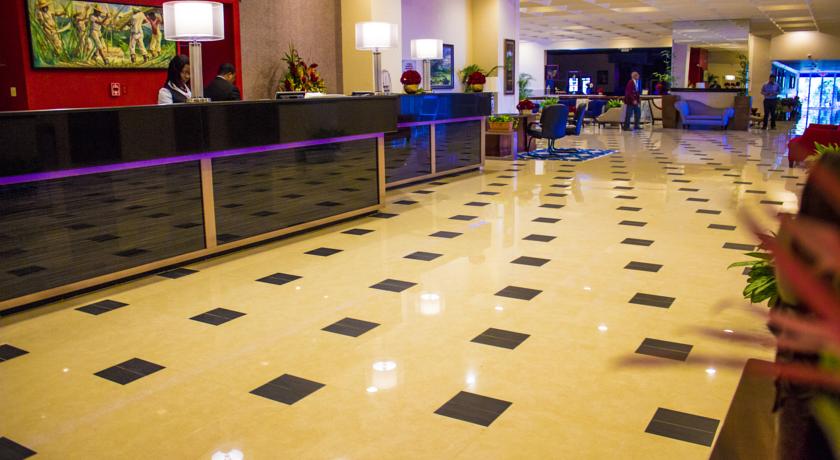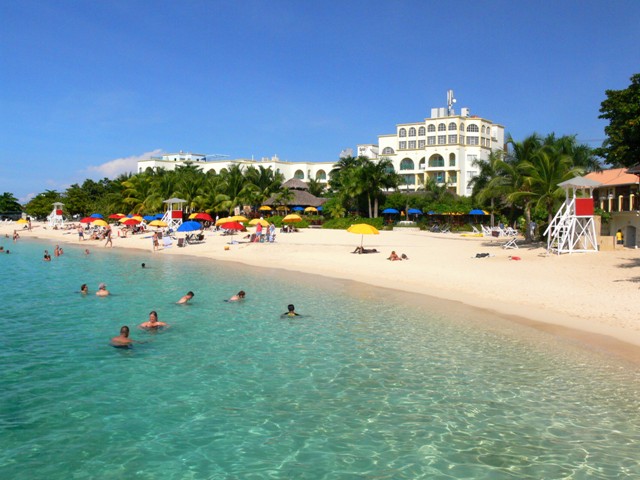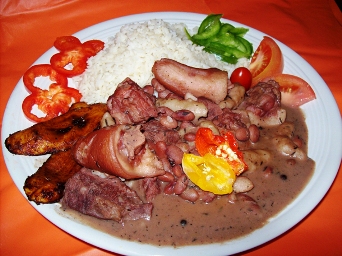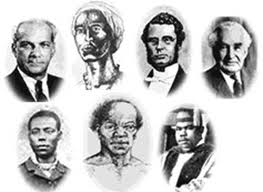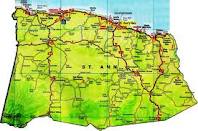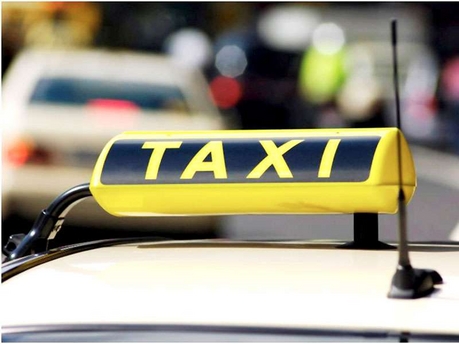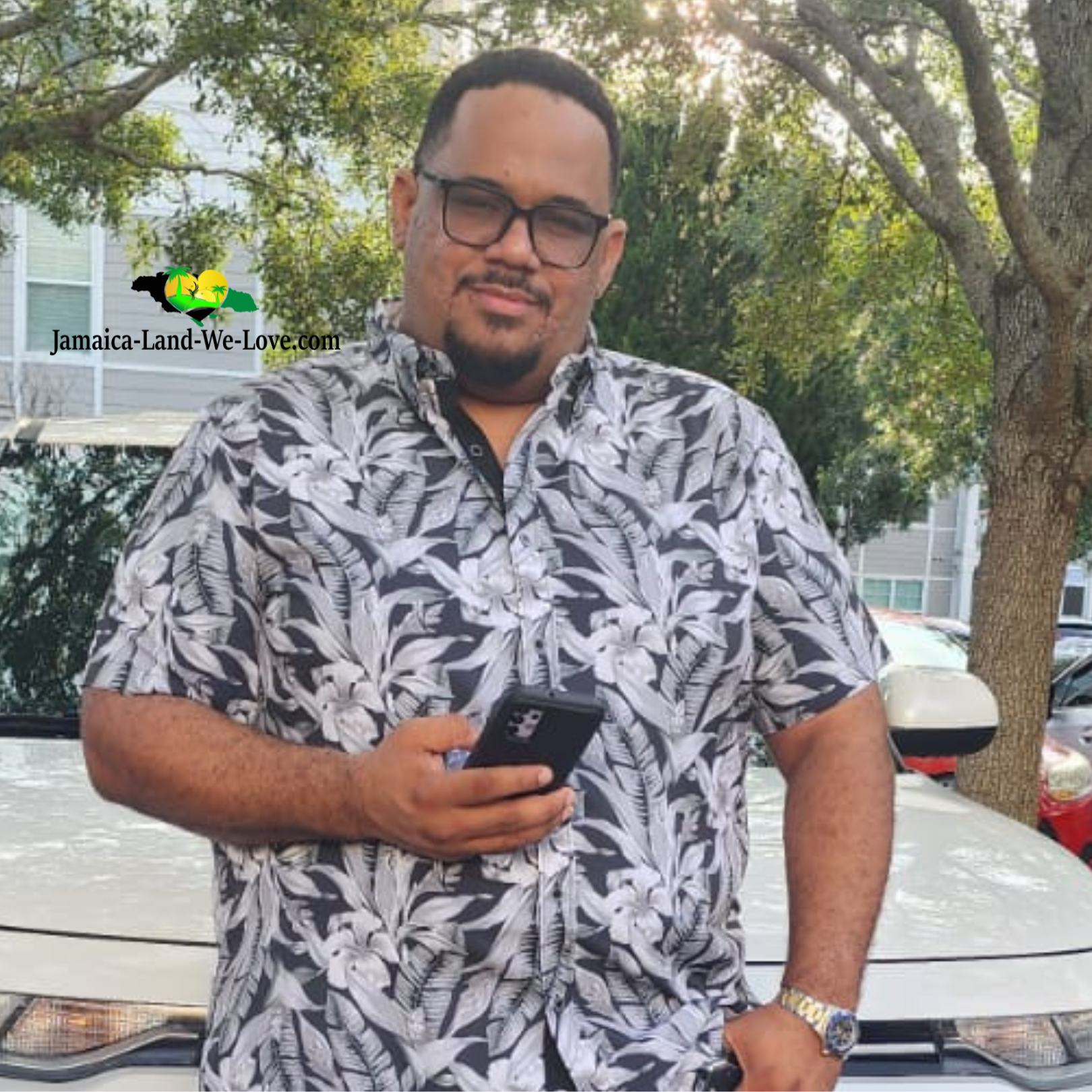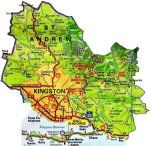Jamaican Dancehall Music -
Forever Evolving
Wanna share something Jamaican with us? Share Your Submission HERE!!
CARE to SHARE???... Share this awesome content with your friends now...
Jamaican Dancehall Music was developed in the 1980's and is the pinnacle of the music industry we are now experiencing with constant changes in sound derived from the earlier genres of Mento, Ska, Rocksteady and Reggae.
Some would consider Dancehall to be the most popular music in Jamaica to date. It began in the late 1970's and has now impacted all different types of musical genres worldwide. Initially Dancehall was a more sparse version of Reggae than the roots style, which had dominated much of the 1970's. In the mid 1980's, digital instrumentation became more prevalent, changing the sound considerably, with digital Dancehall becoming increasingly characterized by faster rhythms.
The popularity of Jamaican dancehall music has spawned dance moves that help to make parties and stage performances more energetic. Many dance moves seen in Hip Hop videos are actually variations of Dancehall dance moves. Some examples of such dancehall dances include: "Like Glue", "Bogle", "Wine & Dip", "Tek Weh Yuhself", "Whine Up", "Boasie Bounce", "Drive By", "Shovel It", "To Di World", "Dutty Wine", "Sweep", "Nuh Behavior", "Nuh Linga", "Skip to My Lou", "Gully Creepa", "Bad Man Forward Bad Man Pull Up", "Keeping it Jiggy", "Pon Di River", "Willie Bounce", "Wacky Dip", "Screechie", "Daggering”, etc.
With so much more to come, Dancehall has changed the face of Jamaican music and music in general. It is one of the most versatile genres out there and so many artistes all over the world collaborate on tracks that feature Dancehall riddims or try to cut it close to the musicality of its uniqueness. With world renowned artistes such as Beenie Man, Mavado, Vybz Kartel, Busy Signal, Aidonia, and Konshens, Dancehall music has produced some of the most charismatic and energetic artistes with massive sounds.
Brief History of Jamaican Dancehall Music
Jamaican Dancehall music is a genre of Jamaican popular music with two of the biggest stars of the early dancehall era being Yellowman and Eek-a-Mouse. Dancehall brought a new generation of producers, including Linval Thompson, Gussie Clarke and Jah Thomas. In the mid-1980's, digital instrumentation became more prevalent, changing the sound considerably, with digital dancehall (or "ragga") becoming increasingly characterized by faster rhythms. The word "bashment", a term originating in the 1990's, was used to describe a particularly good dance/session. For example "to go to a bashment dance". In the Dancehall vernacular, "bashment" is therefore an adjective instead of a noun.
In the early 1990's songs by Dawn Penn, Shabba Ranks, Patra and Chaka Demus and Pliers were the first dancehall megahits in the US and abroad. Other varieties of dancehall achieved crossover success outside of Jamaica during the mid-to-late 1990's. After the popularizing of Buju Banton's dancehall song "Boom Bye Bye" in the early 1990's, dancehall music came under criticism over anti-gay lyrics in a few songs. The early 2000's saw the success of newer charting acts such as Elephant Man and Sean Paul. Dancehall made a resurgence within the pop market in the late 2000's, with songs by Konshens, Mr. Vegas, Popcaan, Mavado, Vybz Kartel, Beenie Man among others.
Jamaican dancehall music is said to be named after Jamaican Dance Halls in which popular Jamaican recordings were played by local sound systems. These began in the late 1940's among people from the inner city of Kingston such as Trench Town, Rose Town and Denham Town... Jamaicans who were not able to participate in dances uptown. Social and political changes in late 1970's Jamaica, including the change from the socialist government of Michael Manley (People's National Party) to Edward Seaga (Jamaica Labour Party), were reflected in the shift away from the more internationally oriented roots reggae towards a style geared more towards local consumption, and in tune with the music that Jamaicans had experienced when sound systems performed live. Themes of social injustice, repatriation and the Rastafari movement were overtaken by lyrics about dancing, violence and sexuality.
Musically, older rhythms from the late 1960's were recycled, with Sugar Minott credited as the originator of this trend when he voiced new lyrics over old Studio One rhythms between sessions at the studio, where he was working as a session musician. Around the same time, producer Don Mais was reworking old rhythms at Channel One Studios, using the Roots Radics band. The Roots Radics would go on to work with Henry "Junjo" Lawes on some of the key early dancehall recordings, including those that established Barrington Levy, Frankie Paul, and Junior Reid as major reggae stars. Other singers to emerge in the early dancehall era as major stars included Don Carlos, Al Campbell, and Triston Palma, while more established names such as Gregory Isaacs and Bunny Wailer successfully adapted.
Sound Systems in Jamaican Dancehall Music
Sound systems such as Kilimanjaro, Black Scorpio, Gemini Disco, Virgo Hi-Fi, Volcano Hi-Power and Aces International soon capitalized on the new sound and introduced a new wave of deejays (DJs). The older toasters were overtaken by new stars such as Captain Sinbad, Ranking Joe, Clint Eastwood, Lone Ranger, Josey Wales, Charlie Chaplin, General Echo and Yellowman. Deejay records became, for the first time, more important than records featuring singers. Another trend was sound clash albums, featuring rival deejays and/or sound systems competing head-to-head for the appreciation of a live audience, with underground sound clash cassettes often documenting the violence that came with such rivalries.
However, two of the biggest deejay stars of the early dancehall era, Yellowman and Eek-a-Mouse, chose humour rather than violence. Yellowman became the first Jamaican deejay to be signed to a major American record label, and for a time enjoyed a level of popularity in Jamaica to rival Bob Marley's peak. The early 1980's also saw the emergence of female deejays in dancehall music, including: Sister Charmaine, Lady G, Lady, Junie Ranks, Lady Saw, Sister Nancy and Shelly Thunder.
Dub poet Mutabaruka said, "if 1970s reggae was red, green and gold, then in the next decade it was gold chains". It was far removed from reggae's gentle roots and culture, and there was much debate among purists as to whether it should be considered an extension of reggae.
This shift in style again saw the emergence of a new generation of artists, such as Buccaneer, Capleton and Shabba Ranks, who became the biggest ragga star in the world. A new set of producers also came to prominence: Philip "Fatis" Burrell, Dave "Rude Boy" Kelly, George Phang, Hugh "Redman" James, Donovan Germain, Bobby Digital, Wycliffe "Steely" Johnson and Cleveland "Clevie" Brown (aka Steely & Clevie) rose to challenge Sly & Robbie's position as Jamaica's leading rhythm section. The deejays became more focused on violence, with Bounty Killer, Mad Cobra, Ninjaman and Buju Banton becoming major figures in the genre.
To complement the harsher deejay sound, a "sweet sing" vocal style evolved out of roots Reggae and R&B, marked by its falsetto and almost feminine intonation, with proponents like Pinchers, Cocoa Tea, Sanchez, Admiral Tibet, Frankie Paul, Half Pint, Conroy Smith, Courtney Melody, Carl Meeks and Barrington Levy.
Jamaican dancehall music seems to be making a resurgence within the pop market in the late 2000's with such artists as Konshens, Mr. Vegas, Popcaan, Mavado, Vybz Kartel, Beenie Man among others.
Jamaican Dancehall music has evolved and will continue to evolve as fast as technology changes and so it has marked the international scene in such a way that even if we don't hear it in its true form we will forever hear bits and pieces of its uniqueness in the sounds of every international genres there is.
Top of Jamaican Dancehall Music
CARE to SHARE???... Share this awesome content with your friends now...
If you found this page useful, please feel free to subscribe to my weekly newsletter, The Jamaica Land We Love Digest.
It gives you information every week about the new information that I have added to the site, including any new developments and great Jamaican stories from Jamaicans and lovers of Jamaica worldwide!

NEW!! Comments
Have your say about what you just read! Leave me a comment in the box below.
Other Great Articles You Might Have Missed
